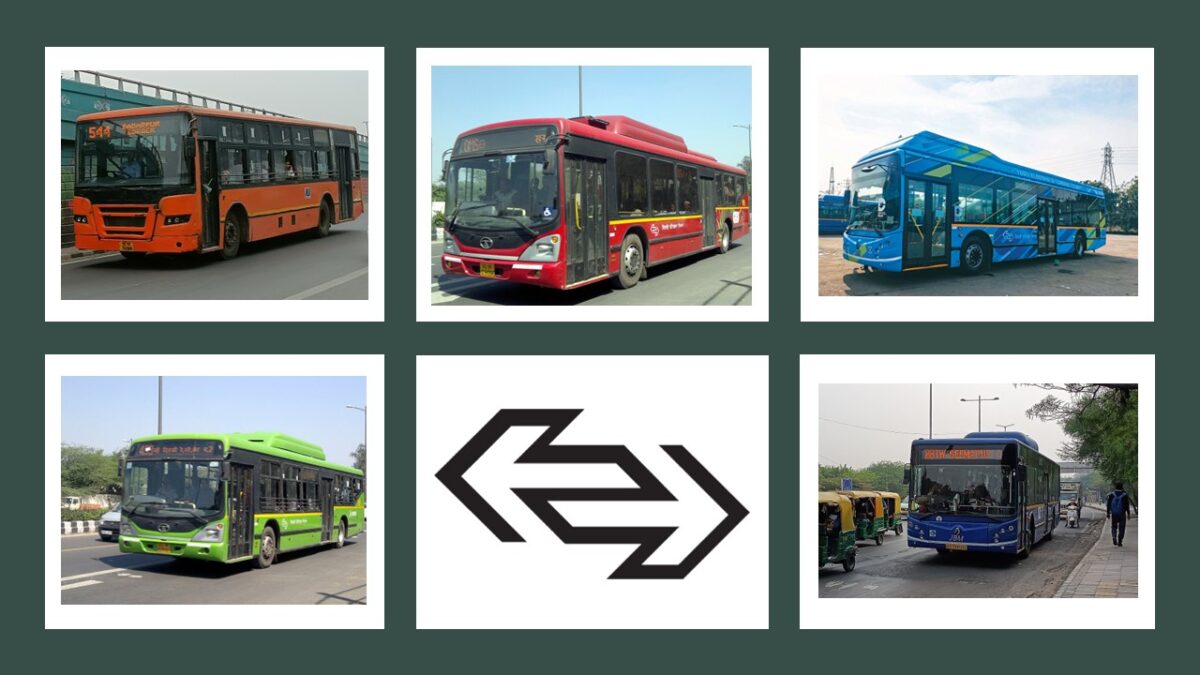It’s been a while since I posted anything Delhi related. The last post, written in the context of the 2016 demonetisation excercise, was critical of the Delhi Transport Corporation’s ethics, especially due to allegations of the body being used to launder money. Read: DTC and Ethics: No connection there
So, here goes. As reported by ThePrint, Delhi’s bus melee has been quite chaotic.
In the decade that started with the financial year of 2011-2012 and ended in 2021-2022, the Delhi Transport Corporation (DTC) inducted just two buses into its fleet. That’s right, just two! The matter came to light when the long-pending Comptroller and Auditor-General (CAG) report was finally tabled by the Government of the National Capital Territory of Delhi (GNCTD) recently.
The DTC’s fleet shrunk from 4,344 in 2015-16 to 3,937 in 2021-22. This was despite the availability of over ₹230 crore for the procurement of new buses. Now, to get some context. A 2007 directive by the Delhi High Court asked for the fleet strength to be increased to 11,000 buses by 2009. It was around this time that the erstwhile Blueline buses were phased out and the Cluster Bus scheme was introduced. The cluster bus scheme, under the Delhi Integrated Multi-Modal Transit System (DIMTS) was to operate 5,500 buses with the balance 5,500 to be operated by the DTC. However, as per the report, on 31 March 2022, only 7,001 buses were operational in Delhi, with 3,762 of them being under DTC and 3,239 being under DIMTS. Concurrently, the DTC’s financial liability soared to ₹65,274.3 crore in 21-22 from ₹28,263 crore in 15-16!
After 2011-2012, only two electric buses were procured by the DTC, that too in March 2022. By that time, the low-floor CNG buses that were operating across the National Capital had exceeded their 12 years of useful life. Of the 3,937 buses in the DTC fleet, 1,770 were overage by March 2023. Only five buses were overage in 2018-19, forming 0.13 per cent of the total fleet and that number rose sharply to form 44.96 per cent of the fleet. Subsequently, the DTC procured a mere 300 electric buses till 2023. Nine proposals had been approved by the Corporation’s board between 2013 and 2021 but none went to the tendering stage because either the GNCTD didn’t give formal approval, or because the GNCTD changed the specifications. There was also an inordinate delay in finalising the bids for the electric buses, resulting in the DTC losing ₹49 crore as assistance from the Central Government under the Faster Adoption and Manufacturing of Electric Vehicles (FAME) scheme.
Now, the implications of this are pretty clear. DTC’s fleet utlisation remained at 85.27 per cent in the financial year 2021-2022, as opposed to the expected 92 per cent availability for DIMTS contractors. There were between 2.90 and 4.57 breakdowns per 10,000 km due to the exceeding age of the fleet. This was much higher than other transcos and even the DIMTS. In stark contrast to this, the DIMTS fleet saw its fleet utilisation stay at 99.01 per cent during the same period (2021-2022).
It has been a very bad decade for DTC. Clearly. Remember in 2016, there were allegations that the Aam Aadmi Party was using the DTC to launder money in the aftermath of Demonetisation?
Let’s hope things improve from hereon.
Featured Image: A collage of DTC and DIMTS buses
![]()

